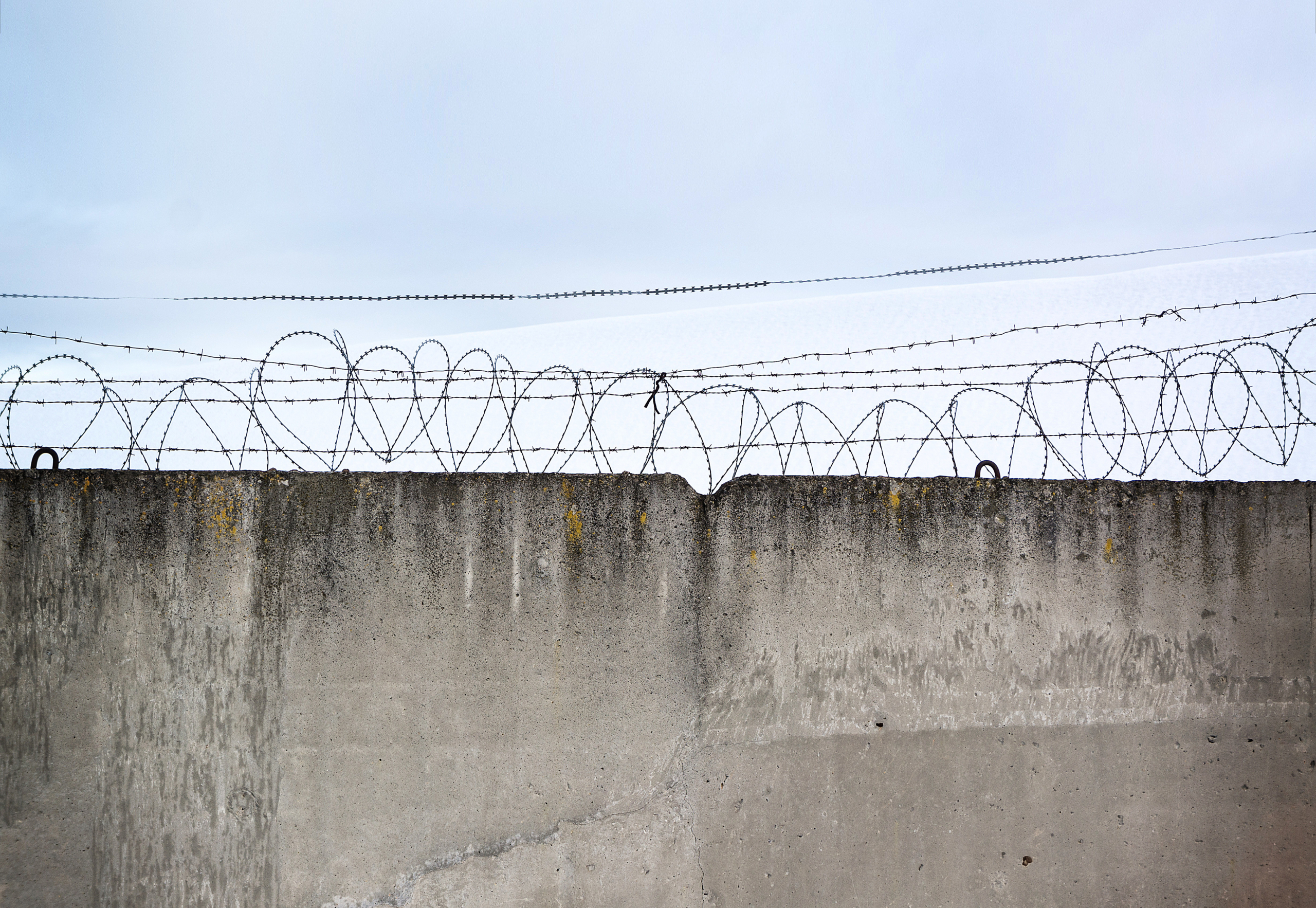Sign up for The Media Today, CJR’s daily newsletter.
The United States has been fortifying its southern border against the “caravan” of migrants from Central American nations, mostly by stringing sharp wire along the existing fence. But just what have they been using?
Reuters called it “barbed wire.” The Los Angeles Times has called it “concertina wire” and “razor wire.” The Associated Press covered all bases, calling it “barbed wire,” “concertina wire,” and “razor wire” in the same article.
Because President Trump always has to be different, in his call to troops on Thanksgiving he called it “barbed wire,” “barbed wire-plus,” and what he pronounced as “co-zen-TEEN-ah wire, co-zen-TEEN-ee wire.” (If he meant “concertina wire,” dictionaries use the pronunciation “con-ser-TEEN-ah.”)
These wires all have “barbs,” or sharp protrusions designed to catch anyone or anything trying to get to the other side of it. This use of the word “barb” traces back to around 1400, according to the Oxford English Dictionary, referring to “A sharp process curving back from the point of a piercing weapon (e.g. an arrow or spear, which have two, a fish-hook, which has one), rendering its extraction from a wound, etc., more difficult.”
But not all “barbed wire” is the same.
“Barbed wire” showed up around 1874, the OED says, though it is also spelled “barbwire,” “barb wire,” and “barb-wire.” The inventor is unclear; both the Devil’s Rope Museum in McLean, Texas, and the Kansas Barbed Wire Museum in La Crosse say that some forms were patented in France in the early 1860s. A New Yorker named Michael Kelly developed a type of fence and wire resembling the “barbed wire” we know today, with short pieces of wire wrapped around and sticking up from a longer piece. As the Kansas museum said, “Had his invention been properly promoted, he could have gained distinction as the Father of Barbed Wire.” But that distinction goes to Joseph F. Glidden of DeKalb, Illinois. “The Glidden wire was unique, consisting of one wire holding evenly-spaced barbs along its length,” the Devil’s Rope Museum says. “A second barb-less wire was twisted around the first wire thus doubling its strength, durability and also holding the many barbs in place.” (Yes, there are at least two “barbed wire” museums, and many books and societies celebrating it.) Today, there are hundreds of different “barbed wires” and patents.
As the AP reported, the stuff being deployed at the border “is called concertina wire, named after the musical instrument and its expanding and contracting bellows.” (The accordion, a similar instrument, is more unwieldy and has that piano-like keyboard on one side, which may be why it lost out to the more portable “concertina.” Some do call it “accordion wire,” though.) “Concertina wire” comes in flat coils that expand; instead of the twisted “barbs” commonly found on “barbed wire” there are flat, razor-sharp protrusions on both sides.
“Concertina wire” dates to World War I, when it was first deployed as a mobile fence to both protect troops and prevent advances by the enemy. It was also called “gooseberry wire,” according to Nothing of Importance: A Record of Eight Months at the Front With a Welsh Battalion, October, 1915, To June, 1916 by Bernard Adams. He also wrote: “There was what might be called a concertina craze on: innumerable coils of barbed wire were converted into concertinas by the simple process of winding them round and round seven upright stakes in the ground. . . . They were easily made up in the trench, quickly put up, and when put out in two parallel rows, about a yard apart, and joined together with plenty of barbed wire tangled in loosely, were as good an obstacle as could be made.”
So, in some ways, “concertina wire” is simply rolled-up “barbed wire.”
“Razor wire” and “concertina wire” are synonymous to everyone but the cognoscenti. As the website for a Chinese company selling all kinds of sharp wires says, in imperfect English: “Razor wire features pointed barbs at regular intervals along the central strand. If a person or an animal that is trying to go through barbed wire fence may get cuts and grazes. Concertina wire has sharp blades which can slice deep into your flesh and cause fatal injuries sometimes.” Barbed wire provides “general security,” the site continues. “Concertina wire is very powerful to threaten intentional invades.”
We will just have to wait to see whether this “cozenteena” wire actually stops the “intentional invades” of people seeking asylum in the United States.
MORE FROM CJR: What I’ve learned from two years trying to shift narratives about the South
Has America ever needed a media defender more than now? Help us by joining CJR today.



